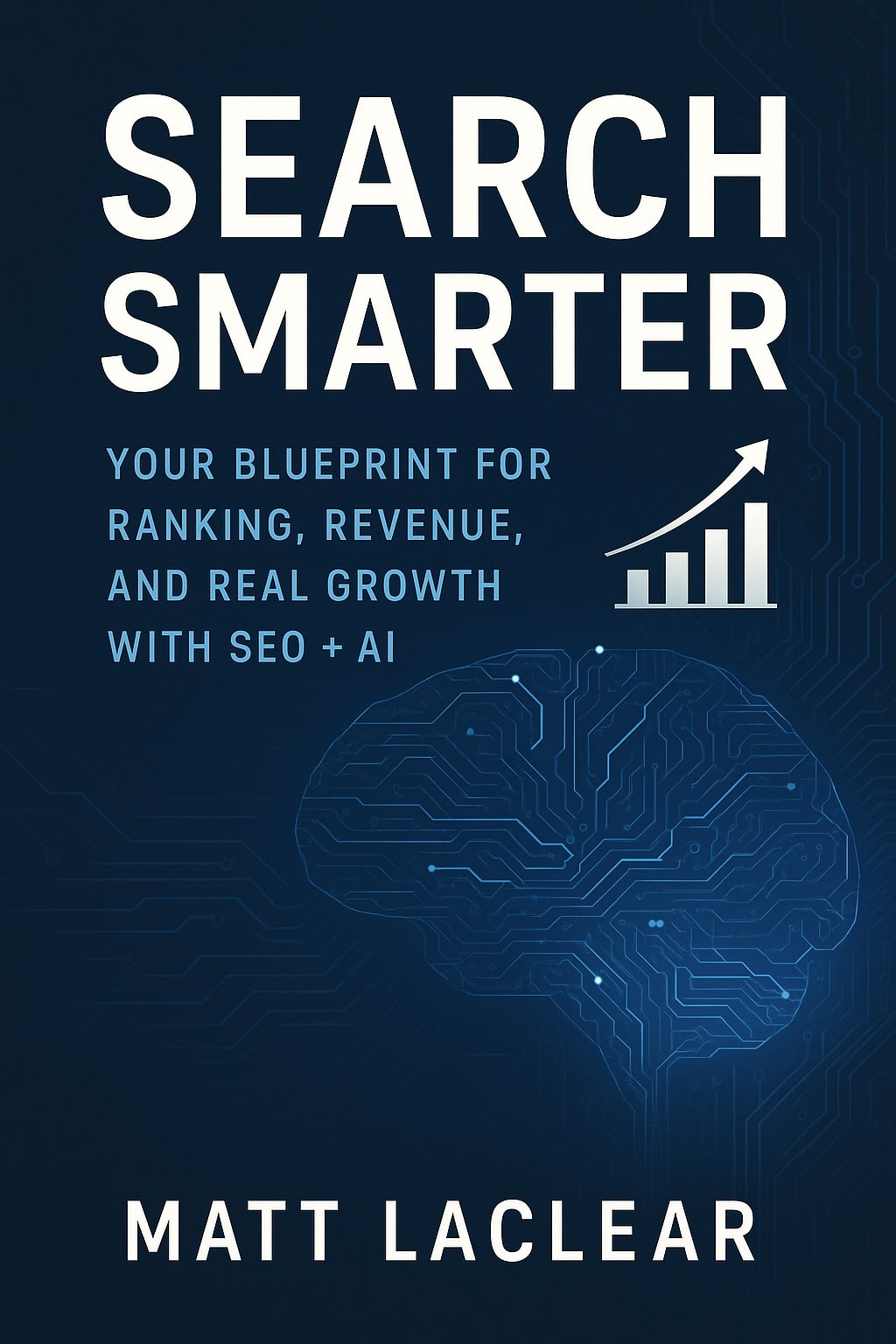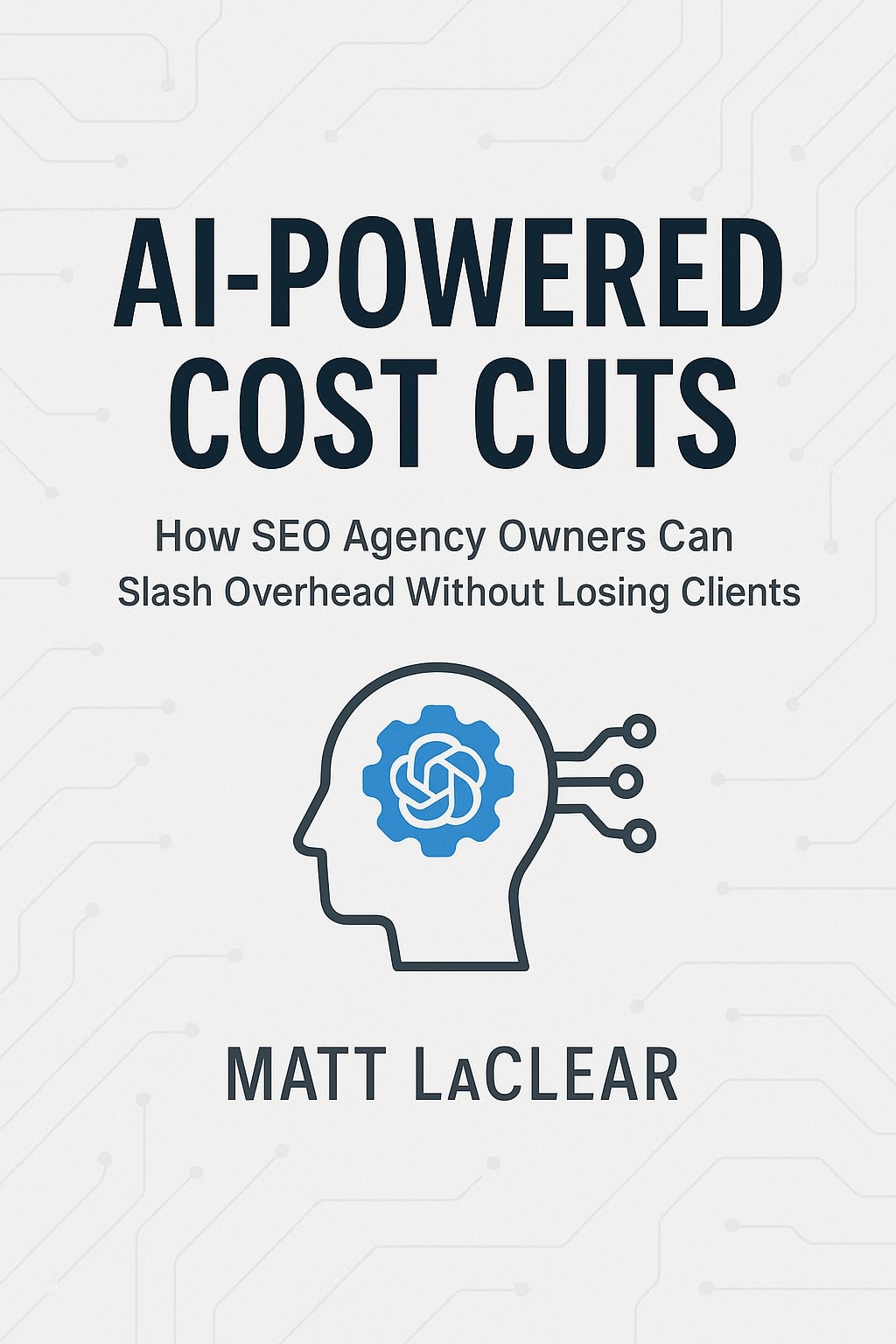
Malware Removal from Website Case Study
A 7-day SEO recovery that removed 51,000+ spam pages, restored Google rankings, and secured an infected insurance site.
We removed over 51,000 malware-injected pages, restored Google rankings, and locked down the server — in just one week.
51,000+
Malware Pages Removed
✅ Clean
Google Index Restored
1 Week
Total Cleanup Time
What Happened: The Incident Timeline
📅 Dec 31, 2022 — Website Down
The client’s website went offline with a critical error. Initial attempts to restore via backup and plugin deactivation failed.
⚠️ Jan 4, 2023 — Malware Detected
Spam pages and Japanese characters appeared in Google's search listings. A Sucuri scan confirmed the site was infected.
🛡️ Jan 4, 2023 — Full Malware Cleanup
We cleaned the malware from both the app and server levels, hardened the server, and began daily scans to prevent reinfection.
🔍 Jan 5–17, 2023 — Google Index Cleanup
We used Google Search Console and the Removal Tool to deindex thousands of hacked pages — limited to 1,000 URLs/day.
✅ Jan 17, 2023 — Fully Restored
The site was secure, search listings were cleaned, and Google rankings returned to normal.
How We Cleaned the Malware and Restored the Website
🧼 Full Malware Removal
We manually removed malware at both the app and server levels. A fresh Sucuri scan confirmed the site was fully clean within hours.
🔐 Server Hardening
Our developer applied hardening protocols to the server and application layer to block future exploits. Twice-daily malware scans were also scheduled.
🧪 Penetration Testing
We performed a perimeter Pen Test to identify external vulnerabilities. No critical threats were found on mail, FTP, or web entry points.
🔍 Forensic Tracing
We traced the infection to a likely server breach through a vulnerable GDPR plugin. Server logs revealed suspicious admin logins from foreign IPs.
👨💻 Security Patching & Monitoring
Wordfence was reactivated, admin passwords were reset, and multiple scans confirmed no further reinfection after patching the system.
Cleaning Up Google’s Index: 50,000+ Spam Pages Removed
After the malware was removed, Google still showed tens of thousands of spam pages in its index. We had to take aggressive action to clean it up.
📈 From 2,500 to 51,000+ Indexed Pages
At its peak, the infected site had over 51,000 spam pages indexed by Google — up from its normal count of 2,500 pages.
🛠️ Manual Scraping & URL Removal
We scraped URLs using Google Search Console and compiled batches of infected pages for deindexing using the Google Removal Tool.
⚠️ Limited by Google’s 1,000-URL Daily Cap
Google only allows 1,000 URL removals per day. This bottleneck required us to spread the cleanup effort across several days of submissions.
📅 Complete Cleanup Achieved by Jan 17
By mid-January, the site’s search presence was fully restored, with spam URLs cleared from branded searches and organic rankings stabilized.
Before vs. After Our SEO Cleanup
| Metric | Before | After |
|---|---|---|
| Indexed Pages | 51,000+ spam | 2,500 clean |
| Search Listings | Blacklisted | Restored & trusted |
| Security Status | Compromised | Hardened |
| Recovery Timeline | Unresolved | 7 Days |
SEO campaigns completed
Trusted SEO partner
Average client satisfaction
On malware cases
Need Help Cleaning a Hacked Website?
At Digital Wins, we don’t just fix hacked websites — we help restore trust, rankings, and peace of mind. If malware has hit your business, we can help you clean it up and lock it down fast.
Or call us directly at (517) 894-6604
- Small business owners who’ve been hacked or blacklisted
- Marketing teams struggling to fix malware issues internally
- Agencies who want a trusted partner for technical SEO recovery
- Site owners seeing Japanese text or strange listings in Google
Explore Proven SEO Strategies & Tools
Learn how we get real SEO results for small businesses — and how you can too. These free and paid resources are your next step forward.

🎧 Amplified SEO Podcast
Listen to real SEO stories, strategies, and growth tactics used by smart business owners.

📘 Free SEO Strategy Book
Download our AI-powered SEO playbook. Packed with prompts, strategy, and practical checklists.

📈 Real SEO Case Studies
See how we’ve helped small businesses recover traffic, rank higher, and grow revenue.

📗 Paid Agency Book (Amazon)
Get the behind-the-scenes playbook of how we built a lean, profitable SEO agency using AI systems.

💬 Free Custom SEO Strategy Call
Let’s talk about your site. Walk away with a personalized roadmap — fast, free, and no pressure.
📣 Share This Case Study
Know someone facing a website malware nightmare? Help them out by sharing this real-world recovery.